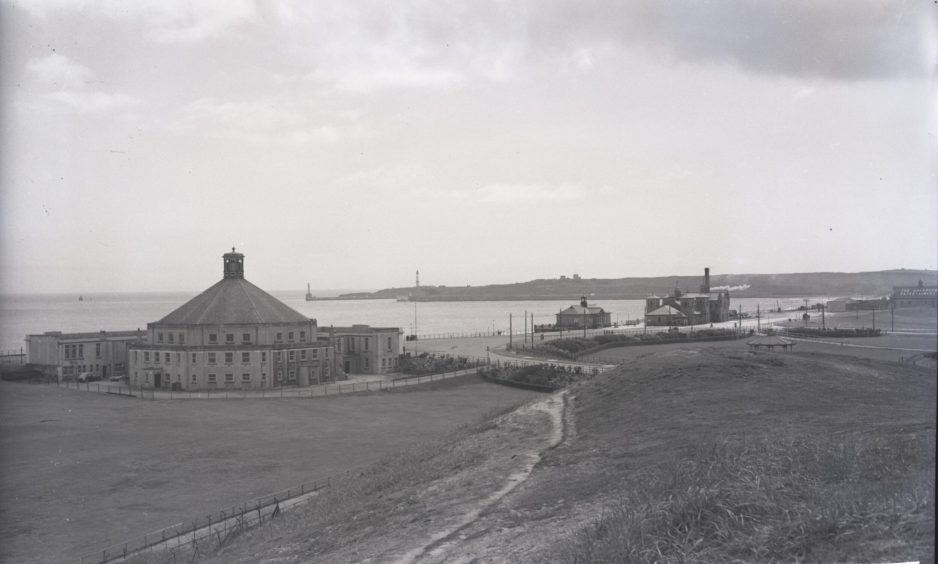
The year was 1929. The roaring ’20s, a decade of exuberance, fun and freedom, was drawing to a close, and Aberdeen Beach Ballroom threw open its doors to the city’s bright young things.
The ballroom remains one of Aberdeen’s iconic Art Deco buildings, perched at the end of the boulevard overlooking golden sands and the steely North Sea.
Years in the planning, the beach ballroom was part of the city council’s progressive ‘beach improvement scheme’ in the 1920s.
It was the crowning glory of a vision that aimed to make Aberdeen the ‘Brighton of the north’.
And it is testament to its design that it’s the only part of that project still standing today.
Beach Ballroom part of scheme to make Aberdeen ‘Brighton of the north’
The beach improvement scheme first began in the early 1920s with the extension of the esplanade.
And in the following years, more ambitious proposals were added with a view to “bringing Aberdeen Beach into line with the leading seaside resorts of the kingdom“.
The council wanted to create amenities for pleasure-seekers that included a dance hall, variety pavilion, blocks of shops with space left for a future concert hall.
Planning began in earnest in 1926 when architects were invited to submit plans for a dance hall to accommodate 500 people.
Renowned Glasgow architect John Keppie, president of the Incorporation of Architects in Scotland, described the beach as the city’s “greatest asset” as he oversaw the plans.
But the council was on a very strict budget of £50,000 (approximately £2.7m today) for the whole improvement scheme.
In July 1926, Keppie joined councillors at the art gallery to narrow down 21 submissions.
All were over budget, but seven were put forward for consideration for amendment and curtailment to fit the brief.
Iconic ballroom could have looked very different, but Art Deco design won over councillors
The new dance hall was to be located north of the Beach Baths, between the esplanade and Broad Hill.
And the final scheme was narrowed down to two: one submitted by Thomas Roberts & Hume of Bathgate, and another by Leonard G Hannaford of Liverpool.
The unmistakably Art Deco Roberts & Hume plans clinched it on the basis they could be amended to fit the budget.
In the end, the ballroom cost £24,288 with additional costs including a restaurant at £7,811, variety pavilion at £7218, eight shops at £3200 and roadworks at £200.
Keen to make progress, plans were signed off the following February and construction was well under way by October 1927.
Regarded as a rare survivor of the era, elements of the ballroom are very typical of the Deco style.
But it is regarded as more unusual because of its octagonal shape and pyramidal roof, which is set back from the wings and main entrance.
The structure itself has a granite base, from which layers of harled brick and stone rise to create the silhouette so familiar to generations of Aberdonians.
Meanwhile, the symmetrical and elegant entrance features ionic columns, standing like sentries at either side of a short flight of stairs leading to a glass-panelled door.
Inside, the famous sprung ballroom floor was made of maple wood and floated on 1400 steel springs, although the maple was replaced in 1955.
Ballroom opening in 1929 was ‘red letter day’ for city
Aberdeen Beach Ballroom was officially opened by the Lord and Lady Provost Lewis and the city’s magistrates on the afternoon of May 3 1929.
And celebrations continued into the evening with a fancy dress carnival ball.
Entitled ‘The Art of Dressing Up’, the Press and Journal society pages were abuzz with anticipation.
It was described as a “full-fledged civic affair” and a “red letter day in the history of Aberdeen’s beach improvement schemes”.
Upon opening, the ballroom was co-run by the town council and John Henry Iles, an entrepreneur and musician.
Iles had a rich pedigree of successful amusement parks. He established the famous Dreamland in Margate before setting his sights on Blackpool, Great Yarmouth, London, Manchester, Berlin, Brussels, Cairo, Paris, Petrograd – and Aberdeen.
Therefore, it was no surprise the evening ball was “organised on a magnificent scale” with 1000 masked guested and dancers in attendance.
The P&J reported the ballroom opened “in a blaze of glory” and “made a brilliant spectacle” rarely seen in Aberdeen.
Hundreds of people gathered outside to watch the arrival of dancers and masqueraders, with police creating avenues through the sea of spectators to make way for cars.
Ballroom would ‘bring Aberdonians together with strangers’
Lady Provost Lewis looked as though she’d stepped straight out of King Louis XIV’s Court in elegant attire inspired by French royalty.
She cut a “charming figure” as she glided gracefully over the dancefloor towards a crimson ribbon across the orchestra platform.
Cutting the ribbon, the lady provost, joined by her husband, Mr Iles and his wife, declared the dance hall open.
She said “Aberdeen had, in its beach and magnificent promenade, an asset of the highest value”, with entertainment to interest “all classes”.
Lady Provost Lewis added: “Aberdeen is not only a beautiful city, with a wonderful and romantic history, but, as a health resort, its claims are unrivalled.
“And it is in the happy position of being able to combine, in a way unexampled elsewhere, the refreshment of the body with the culture of the mind.”
She said the ballroom would bring Aberdonians together with strangers “in a delightful comradeship”, and enable visitors to enjoy the “privilege” of a brief holiday spell as a citizen of Bon Accord.
The floor cleared, and dancers swarmed onto the spacious floor where there were “audible exclamations of delight” when they found it bounced along with the rhythm of their movements.
Striking hues of varied fancy dress costumes merged in the maze of dancing, beneath the twinkling limelights.
In the immense domed roof, “fleeting colours seemed to chase one another”.
Vortex of dancers swirled around fountain on dancefloor
There was a “swirling vortex” of dancers, mainly participating in foxtrots, one-steps, charlestons and waltzes.
But one eight-some reel was arranged and dancers descended into “wild abandon” with hooches to the skirl of the bagpipes.
The P&J reported how much of the charm of the ball was the masked identity of guests.
And it was a “weary but happy” crowd that departed at 1.30am to the mile of motor cars lining the promenade.
Every penny spent on the evening went directly to the city’s fundraising to build Aberdeen Royal Infirmary.
The following day, dignitaries returned to admire the dancehall by daylight.
Its handsome frontage giving only a hint of the “magnificence” inside.
The dancefloor was circular with a fountain in the middle, and the walls with fluted columns rose to a vaulted dome.
While the colour scheme was a combination of gold, black, pale blue and salmon.
In true Miami Beach Art Deco style, the orchestra platform – set into an alcove – was flanked by stately palms.
Ballroom takes pride of place in new masterplan for Aberdeen Beach
Following a successful opening, councillors were a step closer to their vision of a beach resort comparable to those down.
In autumn 1929, a town council meeting heard how there was a very real prospect of Aberdeen Sea Beach “rivalling in attractiveness in course of time, the sea fronts of England’s most famous holiday resorts”.
And in the heyday of ballroom dancing, Aberdeen attracted the very best dancers from across the UK.
The ballroom’s reputation saw Aberdeen overcome the disadvantages of being far from the dancing areas like the Midlands and London.
But, it was not only dancing that brought the crowds to the dance hall, particularly as the popularity of ballroom waned in the 1960s.
The ballroom was, and continues to be, a popular concert venue in Aberdeen.
Over the years, it famously hosted many bands, including The Beatles’ one and only gig in Aberdeen, in January 1963.
Other top acts that followed in their footsteps included Pink Floyd, The Kinks and The Who.
Although 95 years have passed since the ballroom opened under a burst of optimism, it still takes centre stage.
Now a B-listed structure, the Art Deco landmark will undergo a facelift as part of the city council’s beach masterplan.
Its surrounding amenity will be sympathetically enhanced with a pedestrian plaza, lighting and water features.
If you enjoyed this, you might like:
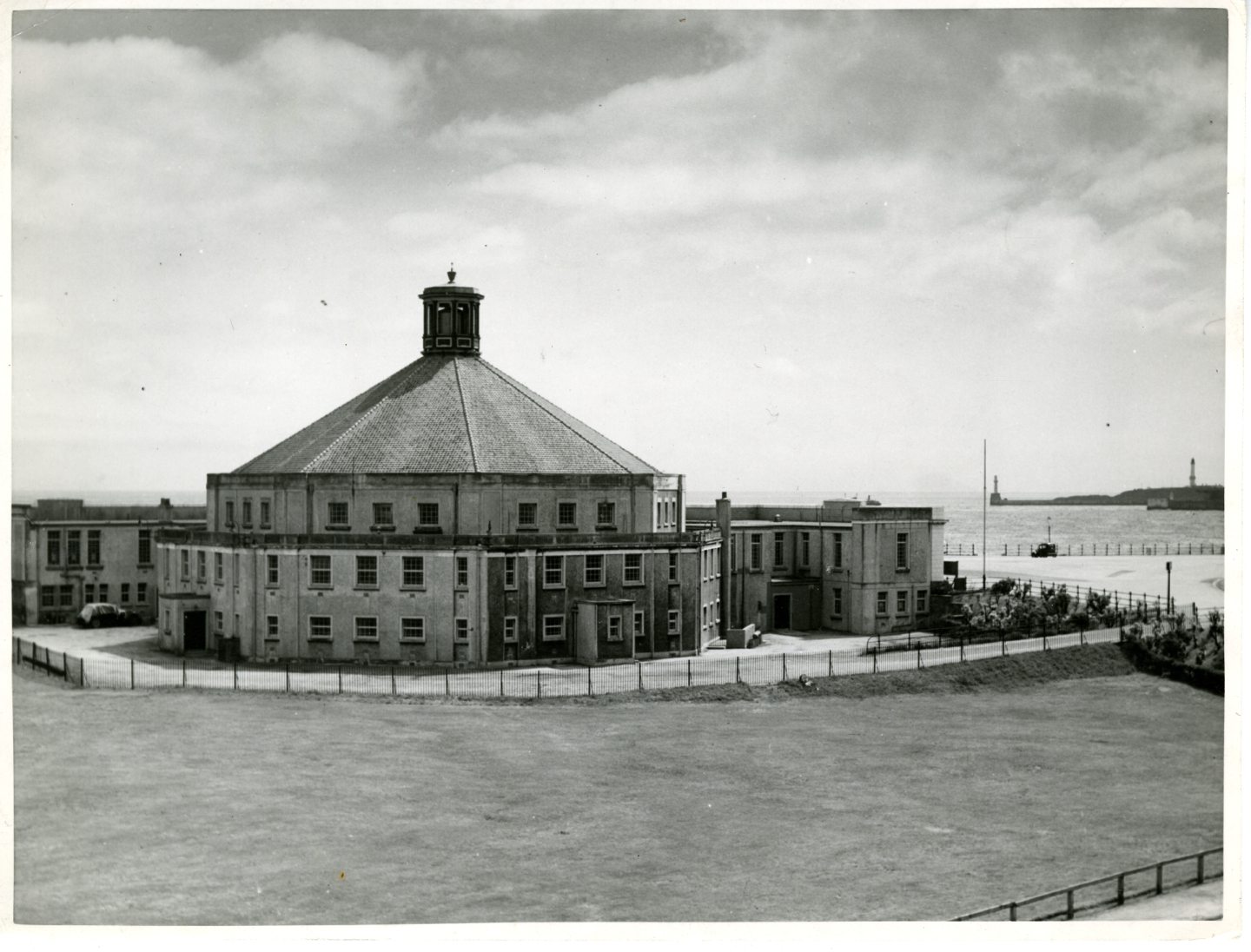
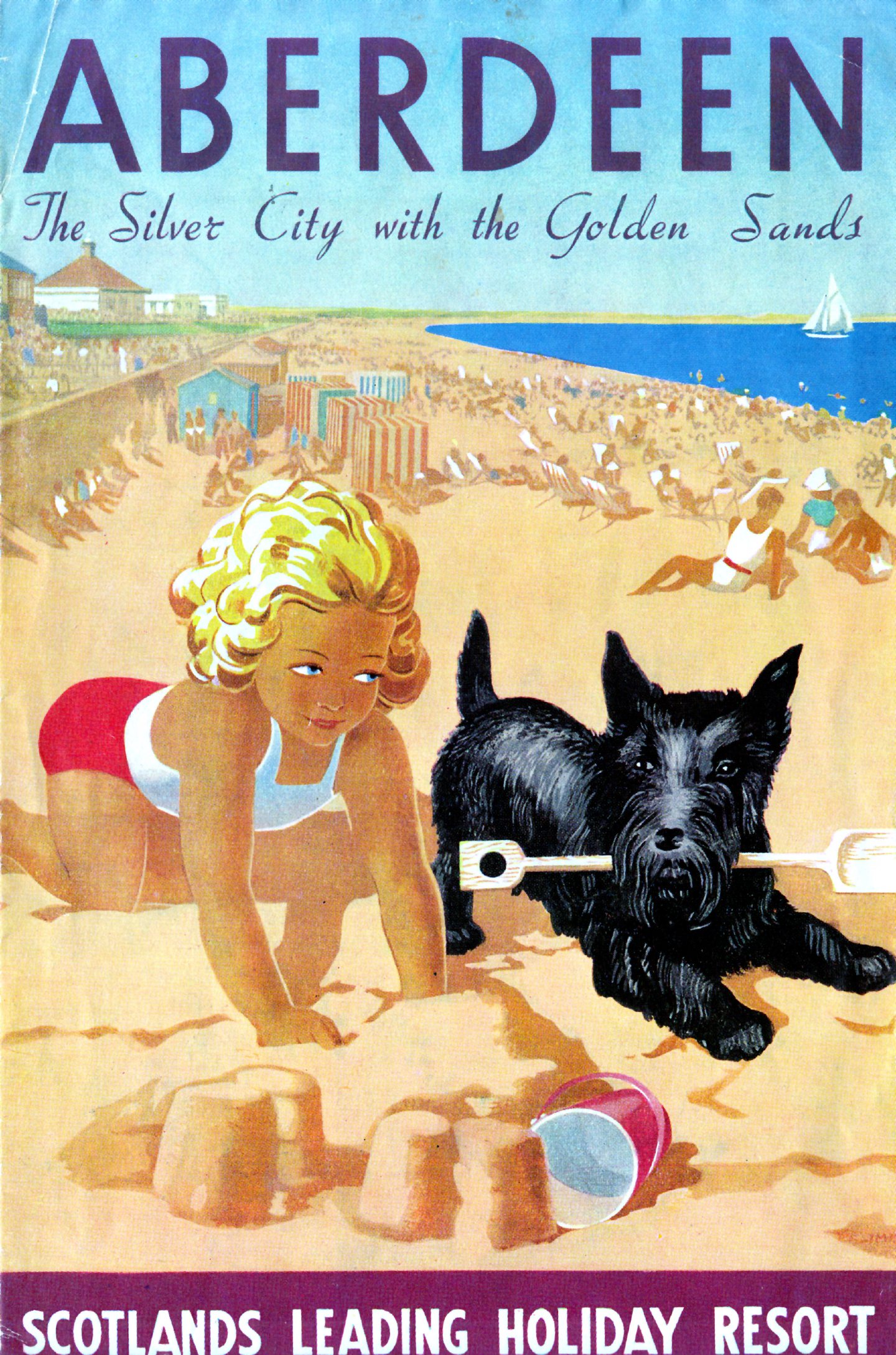
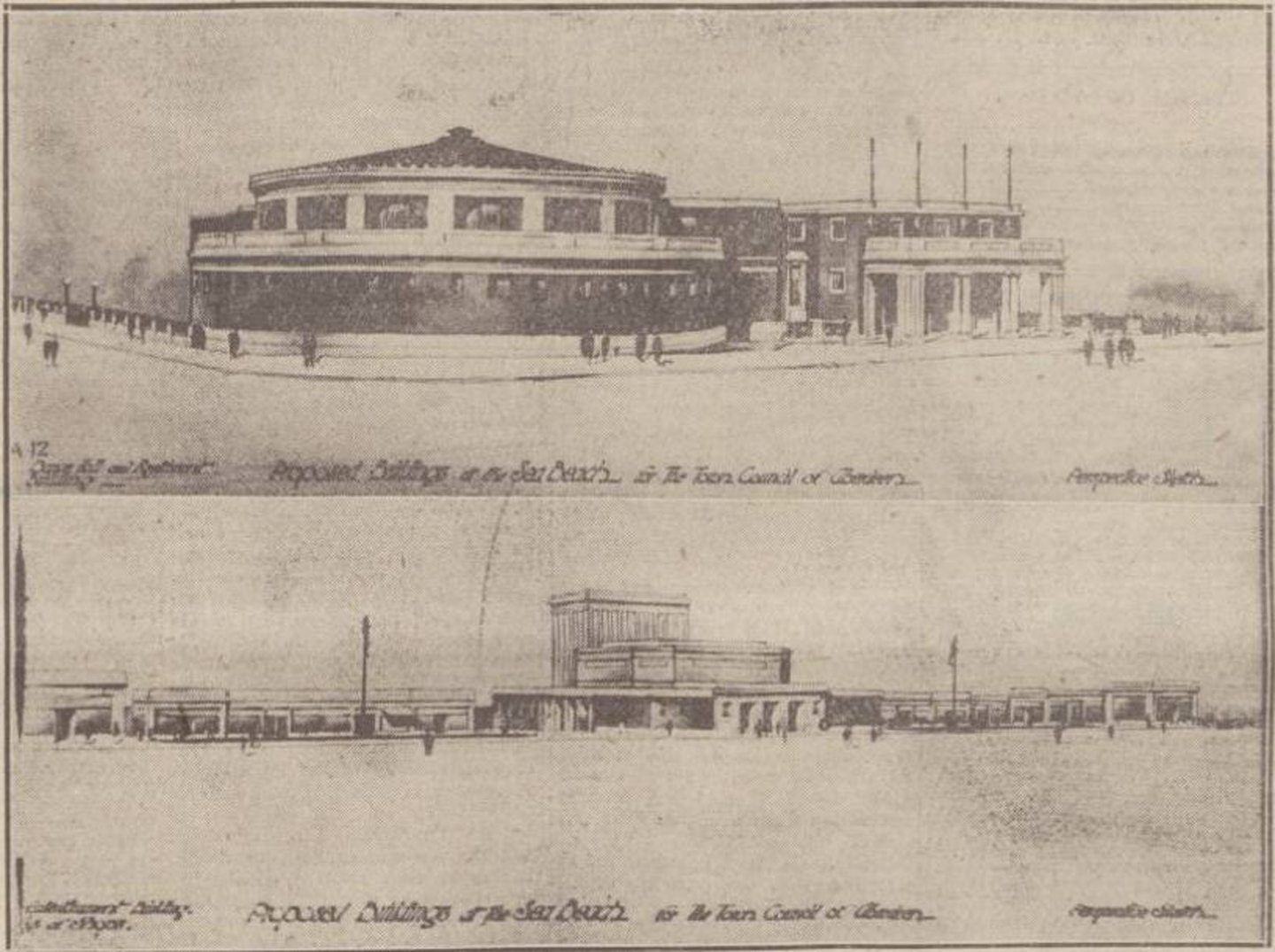
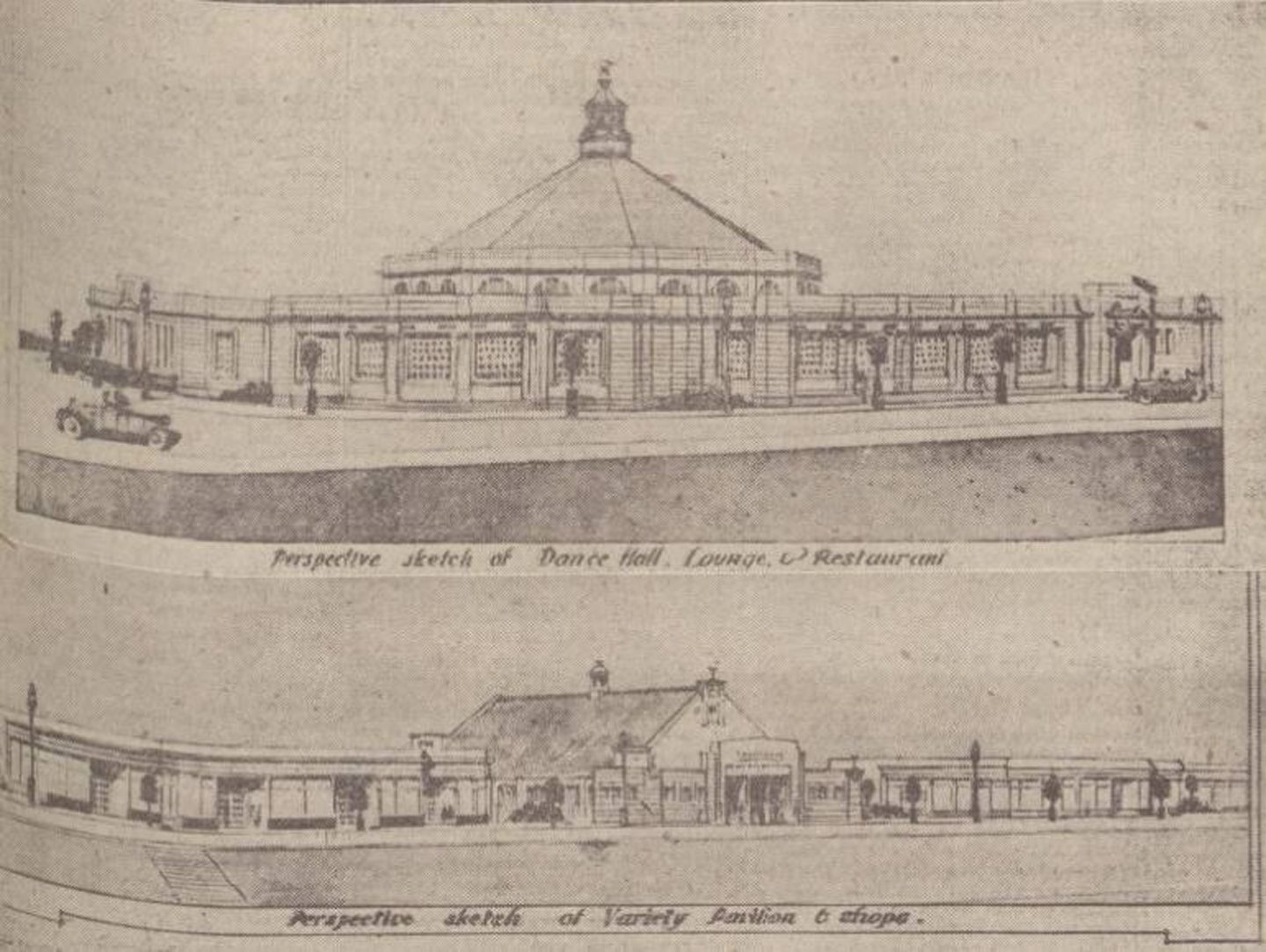
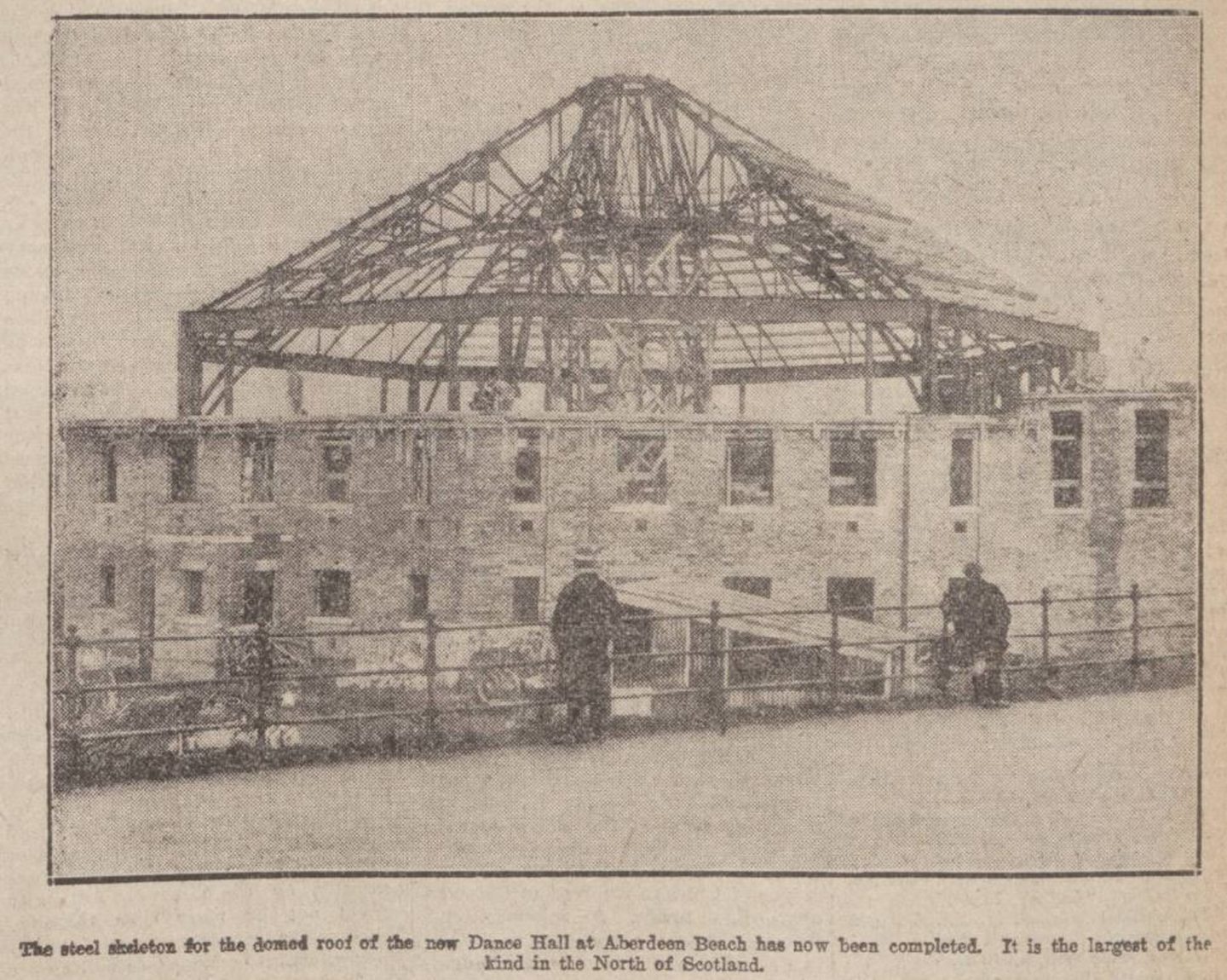
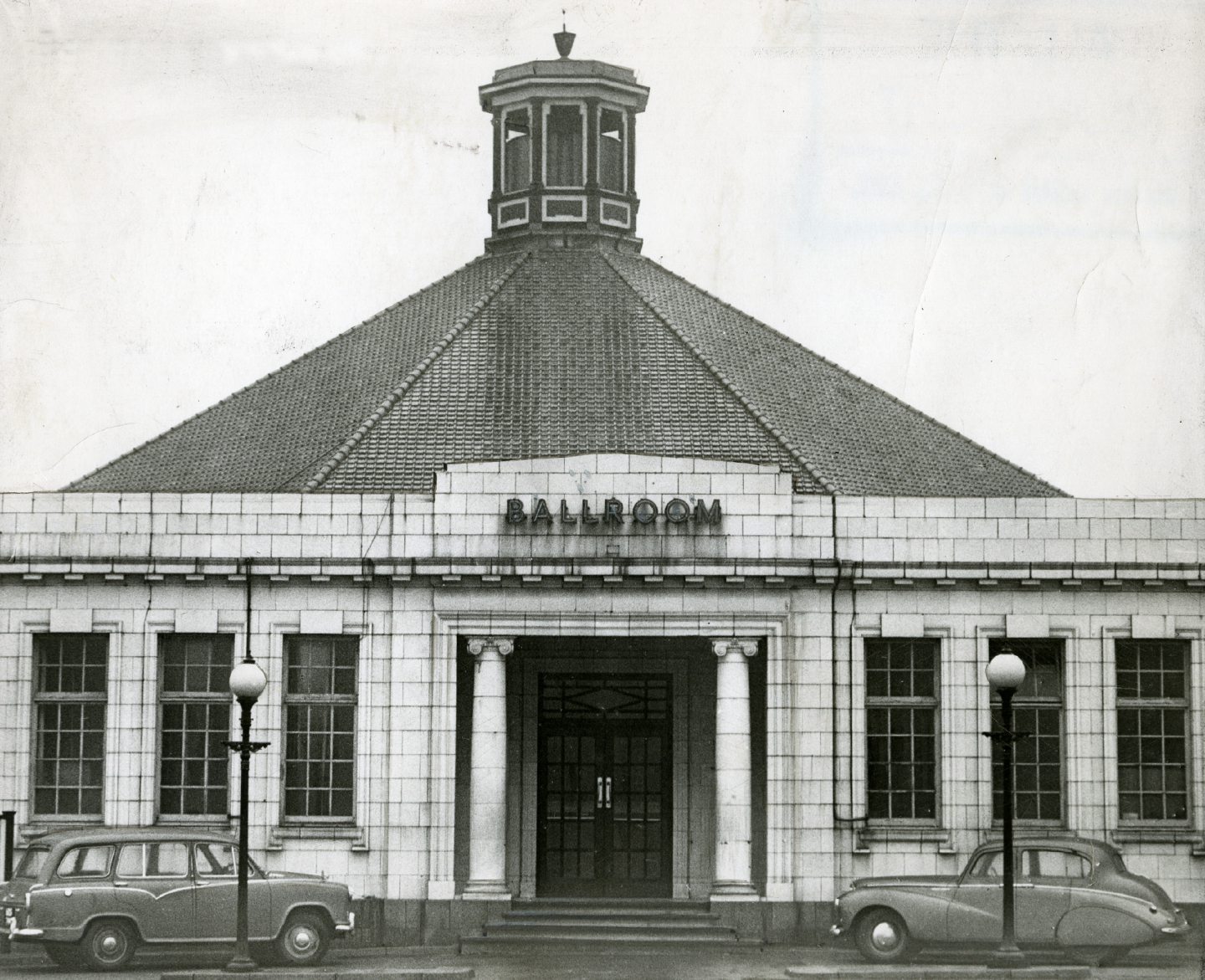
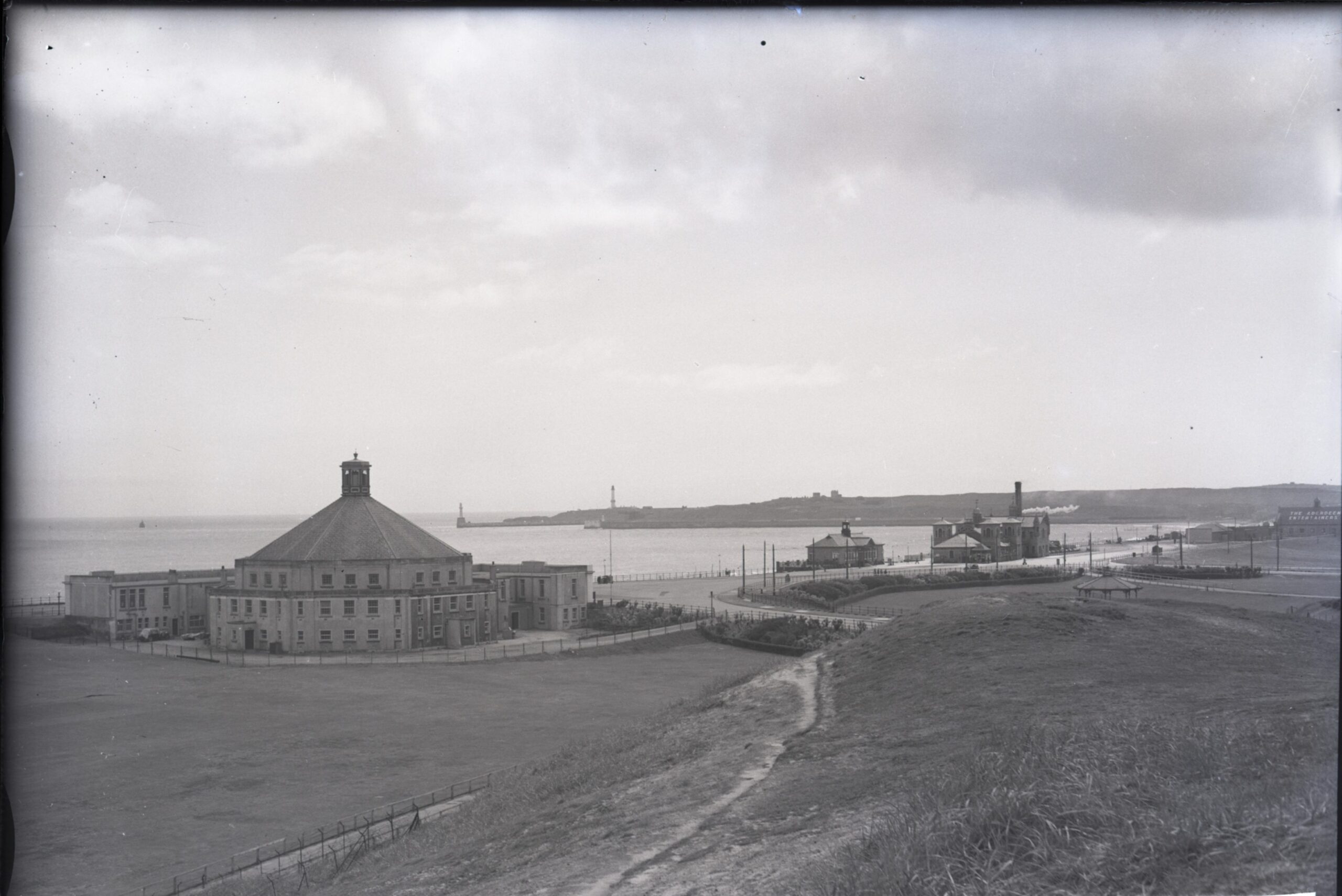
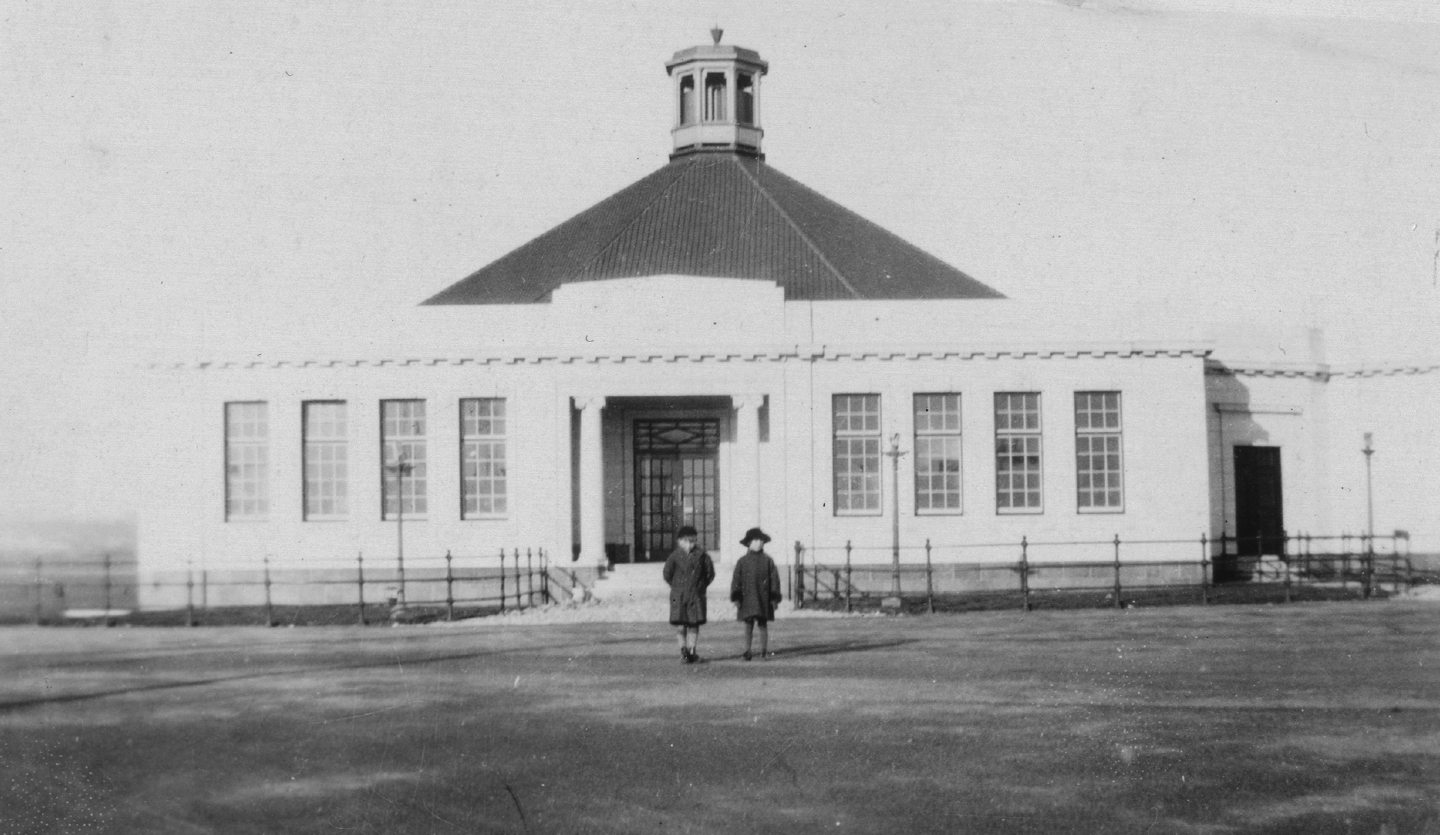
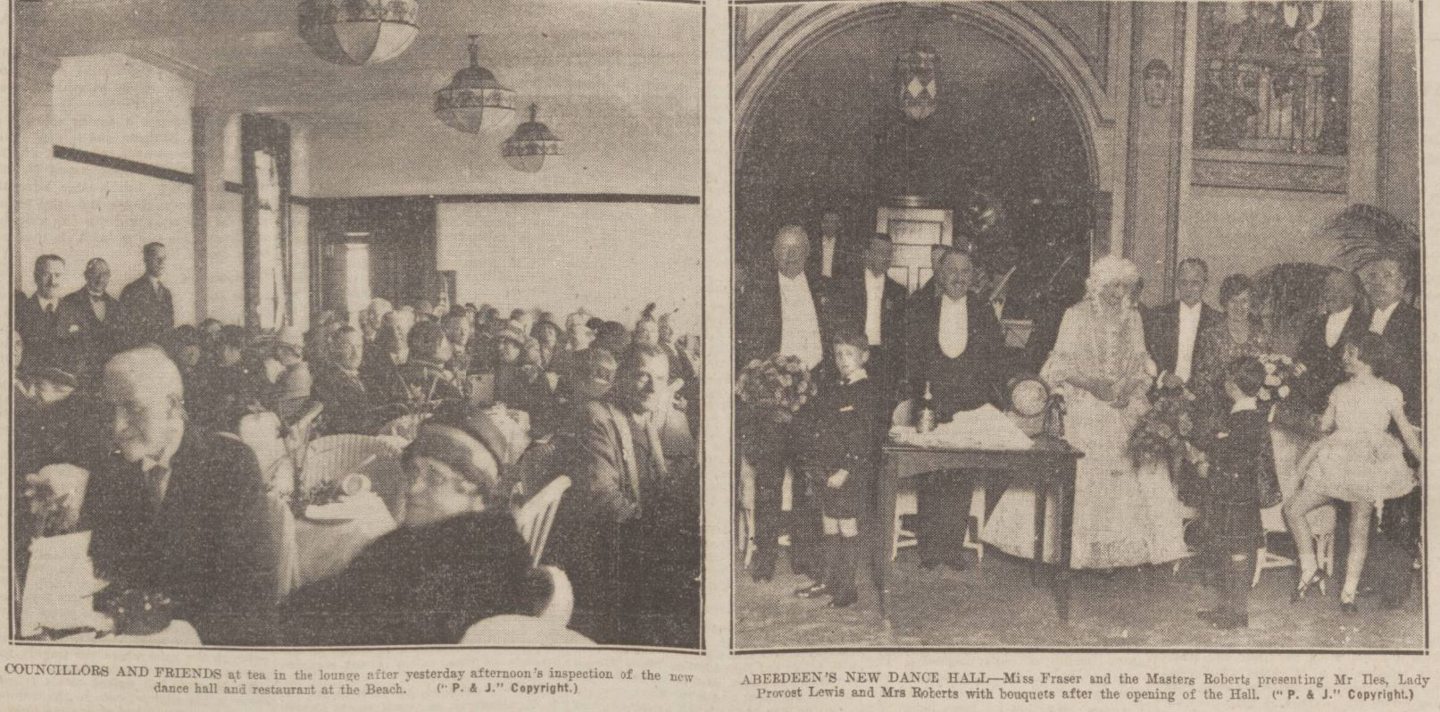
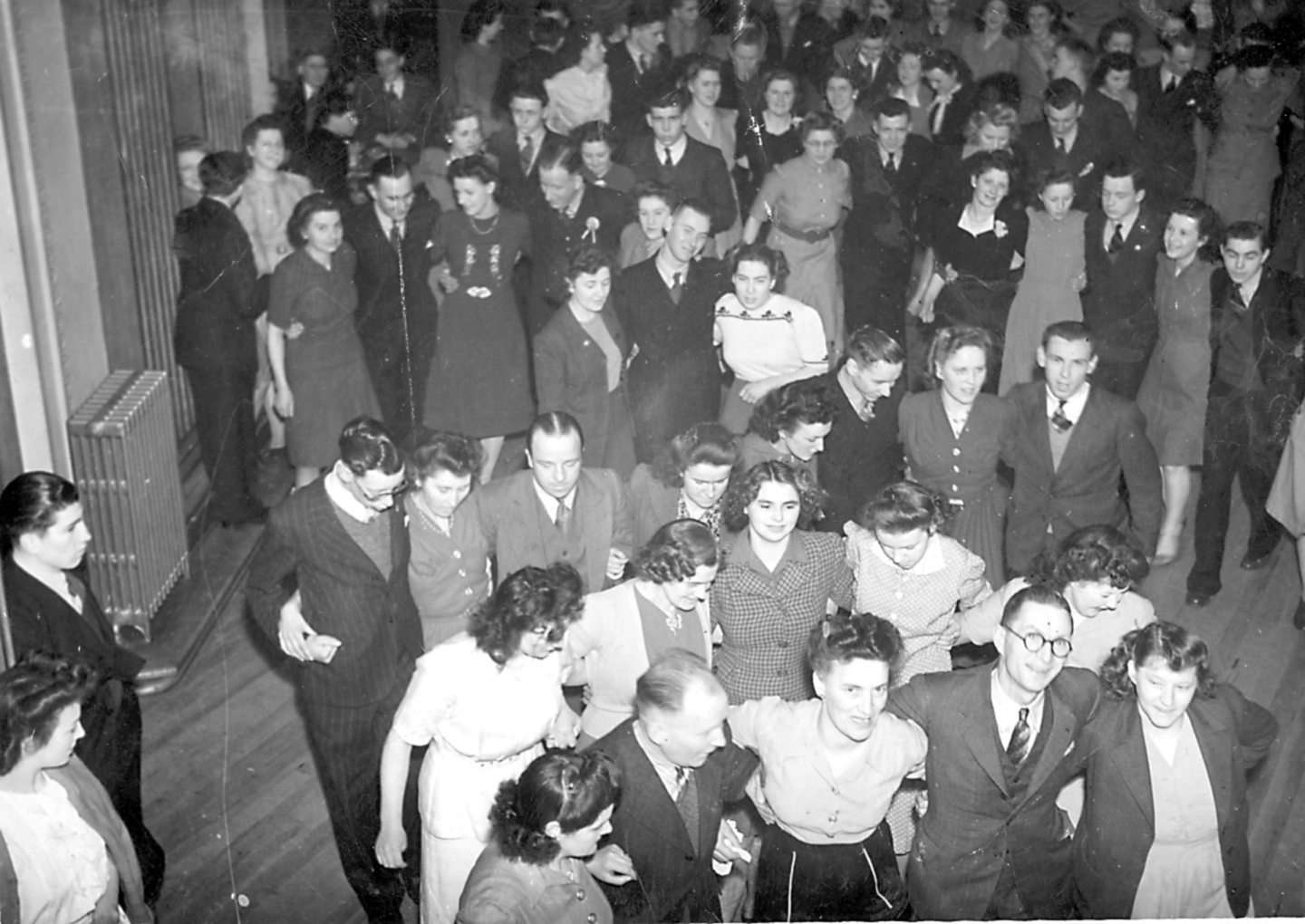
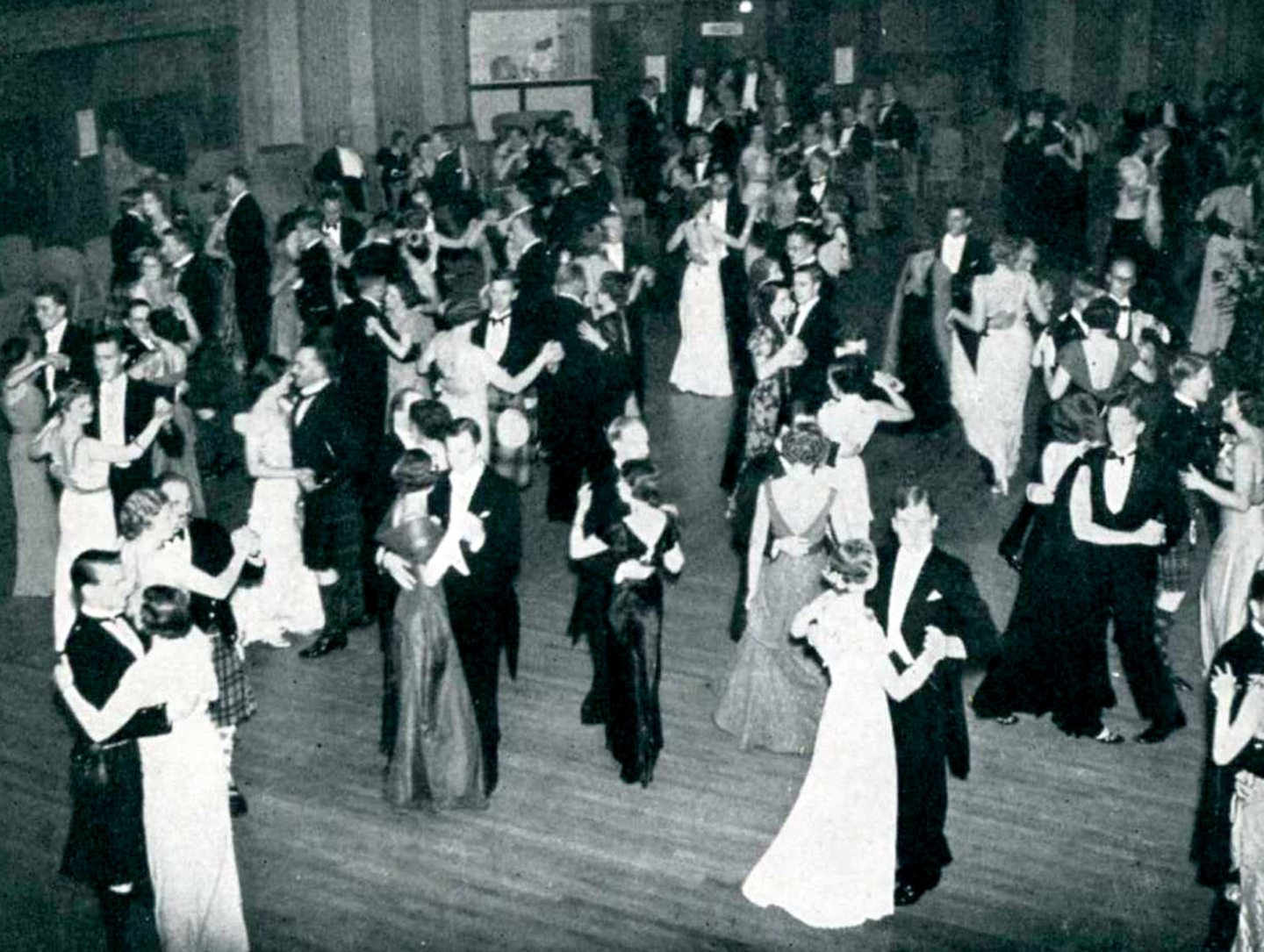
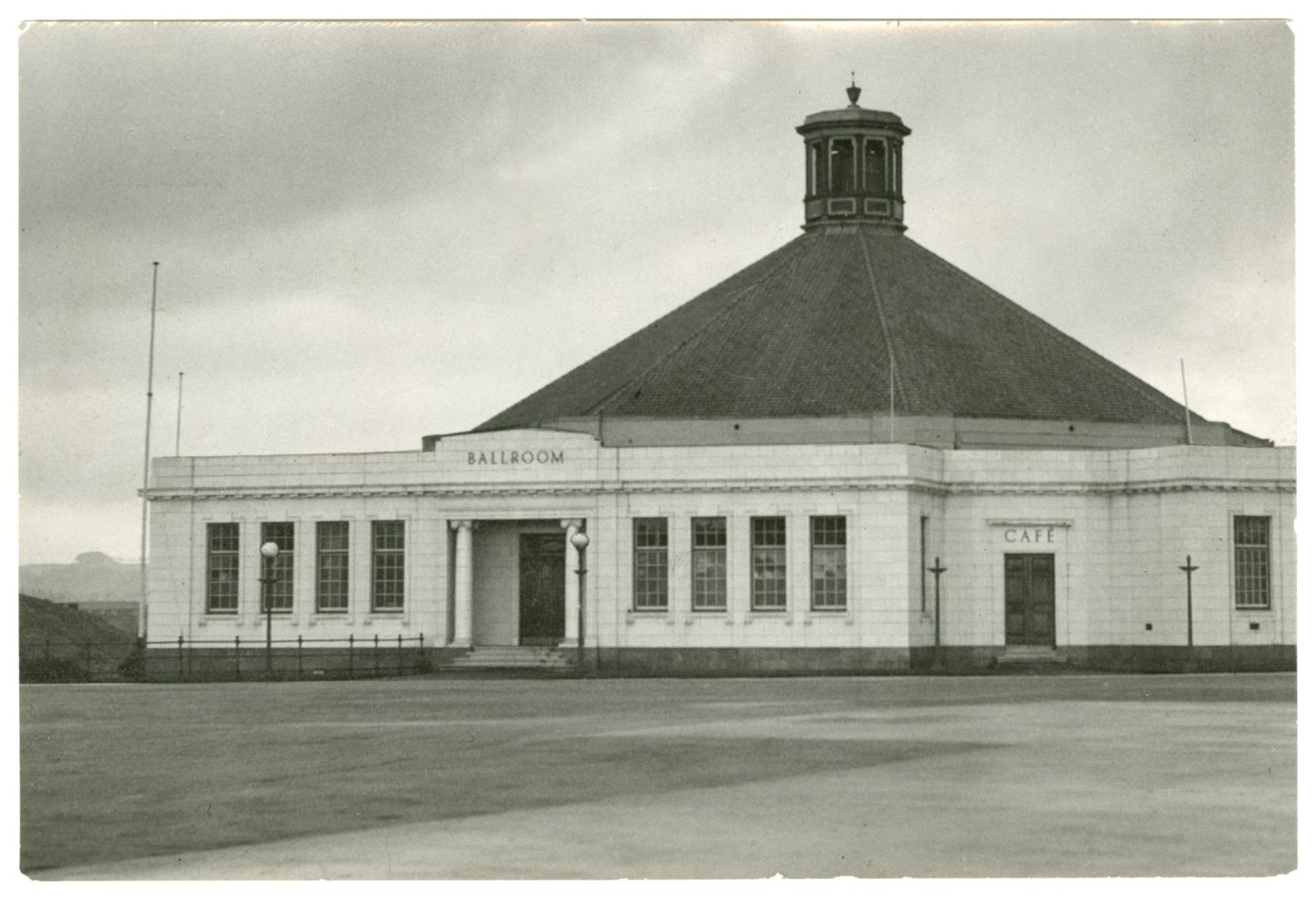
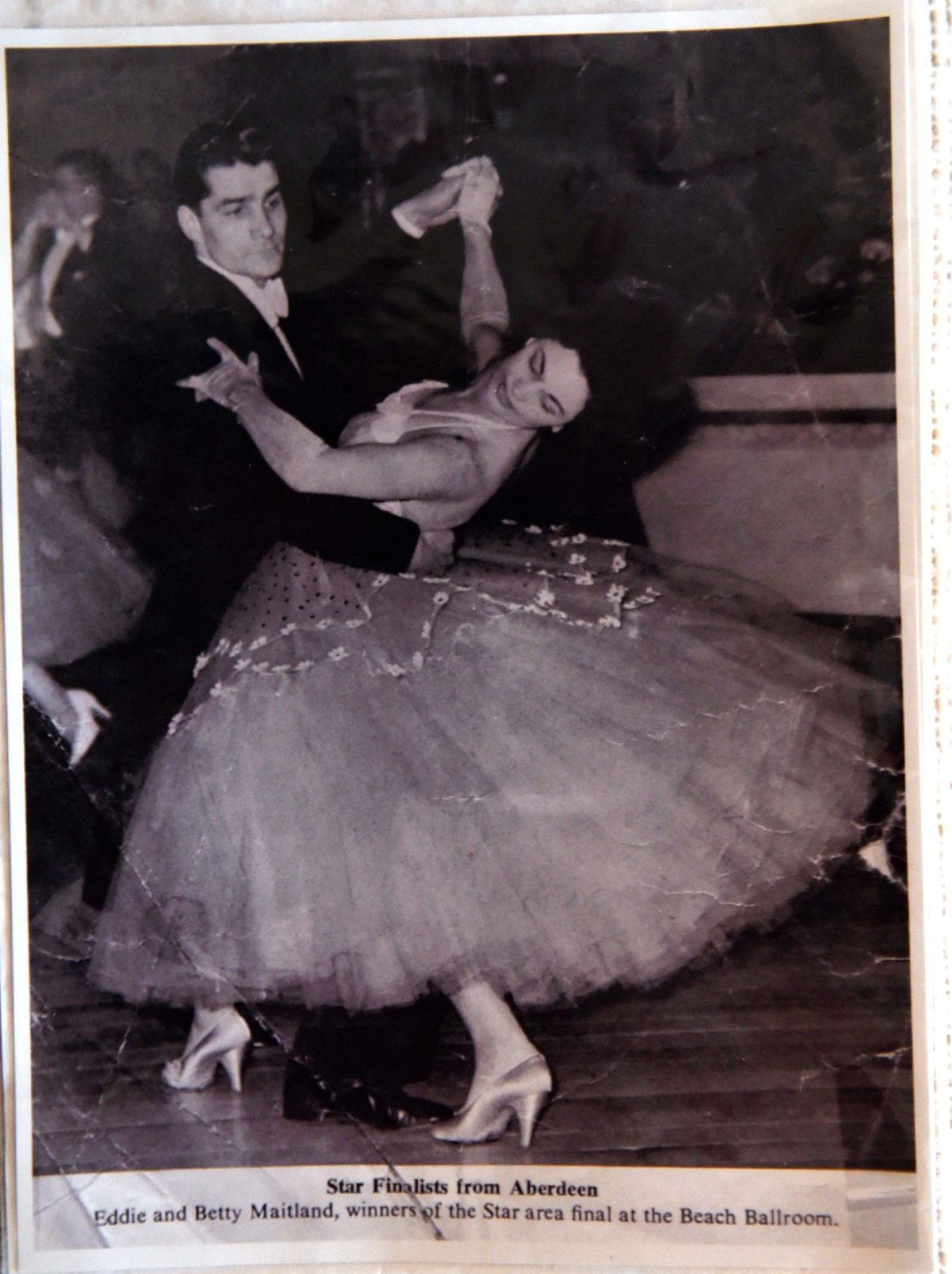
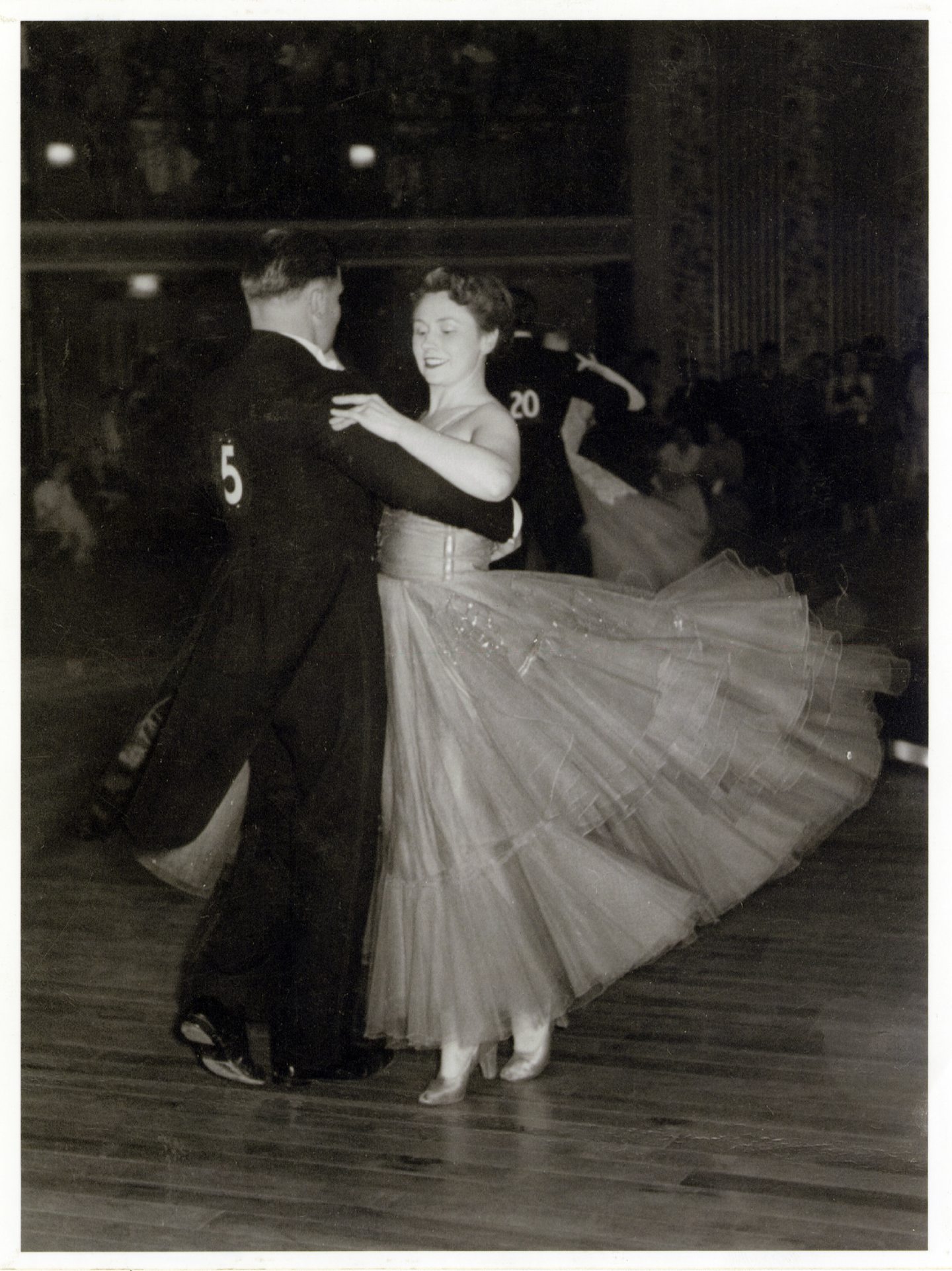
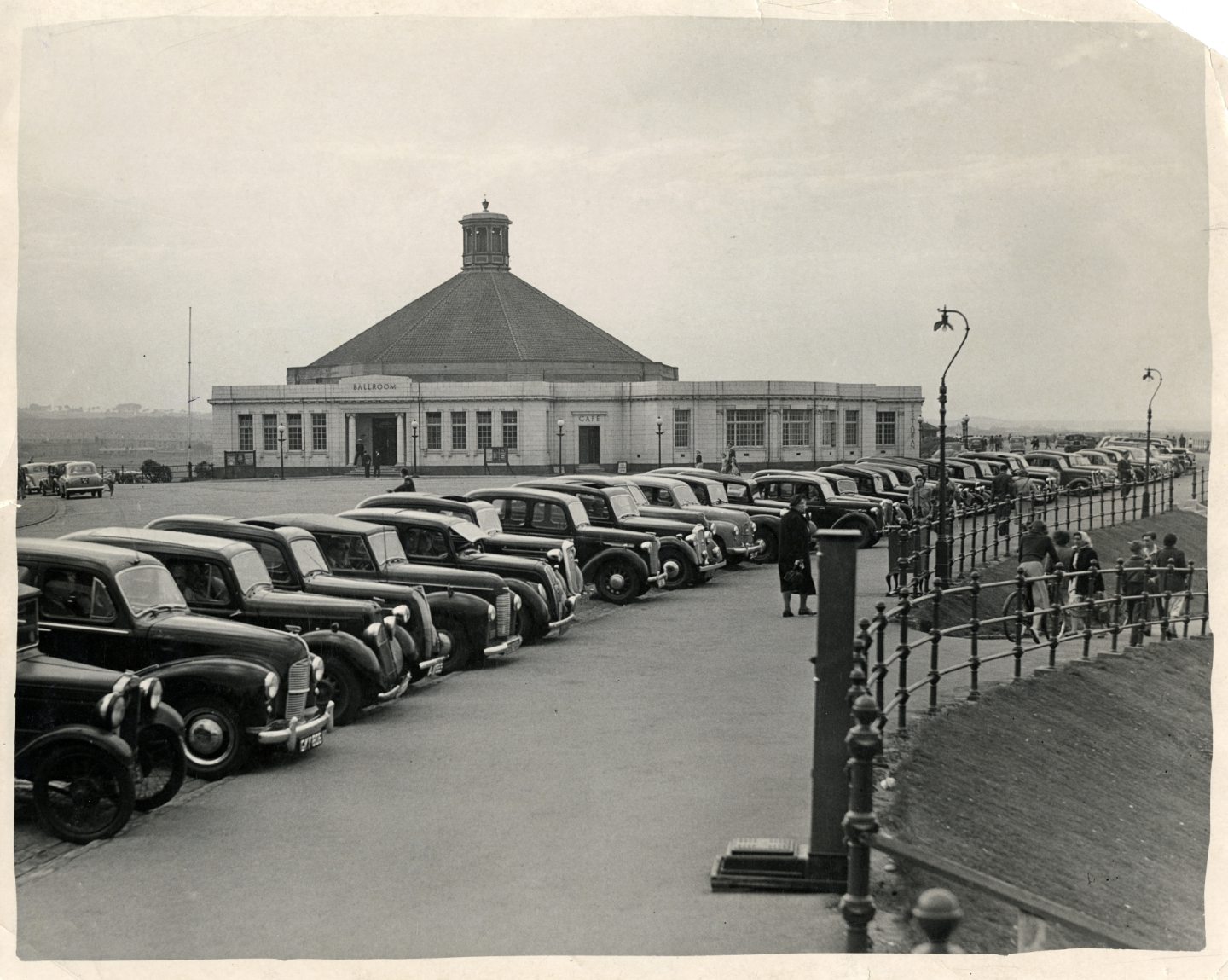
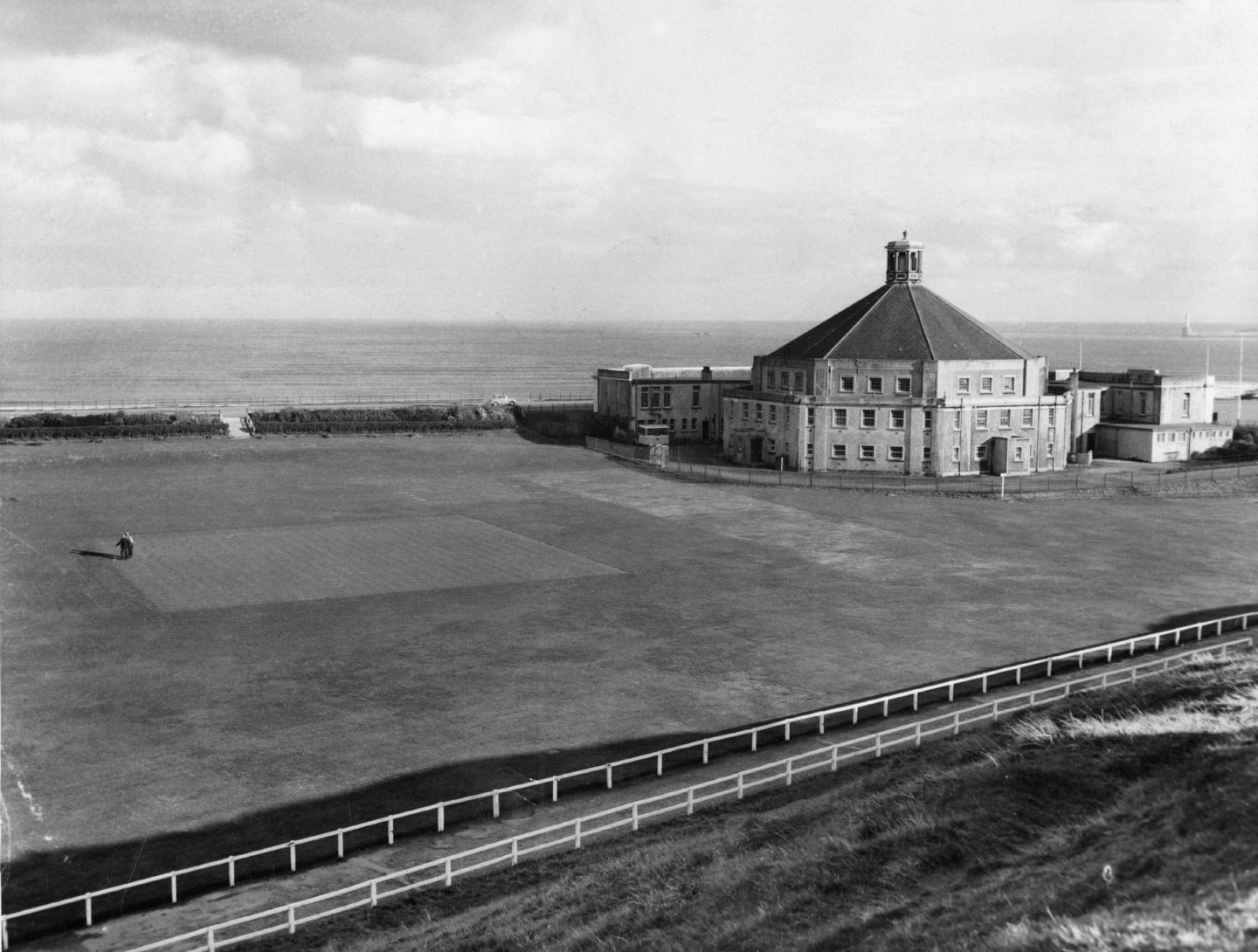
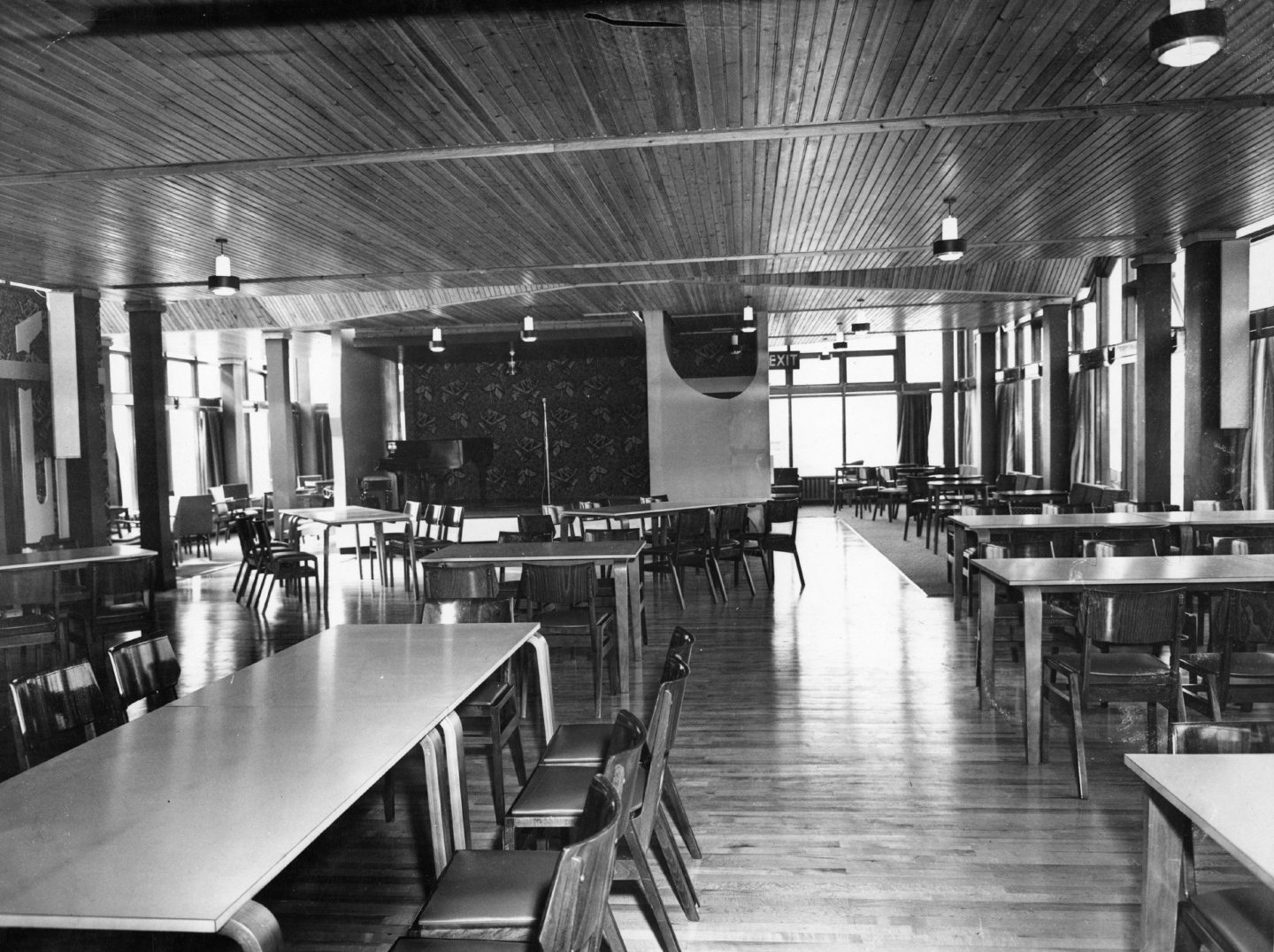
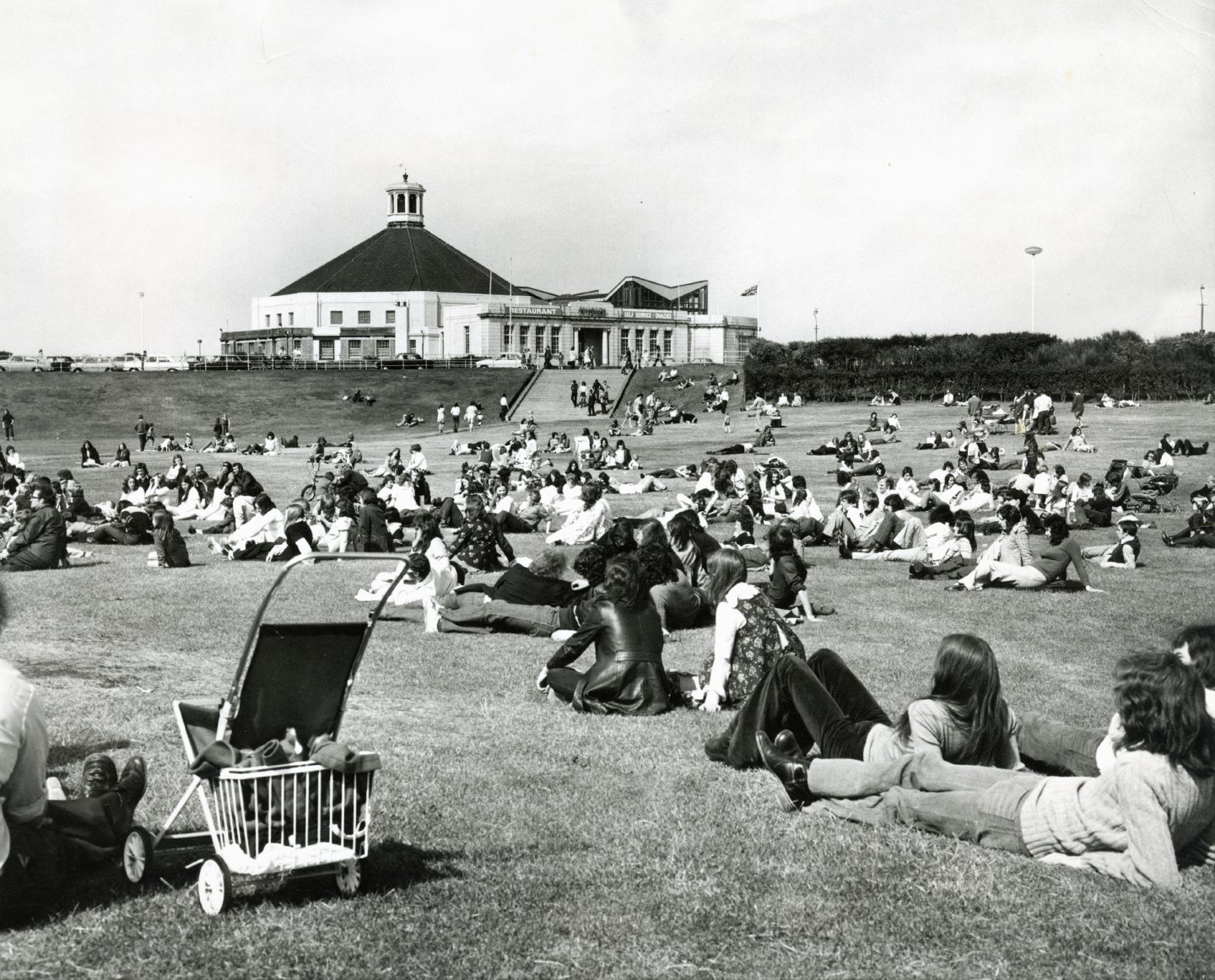
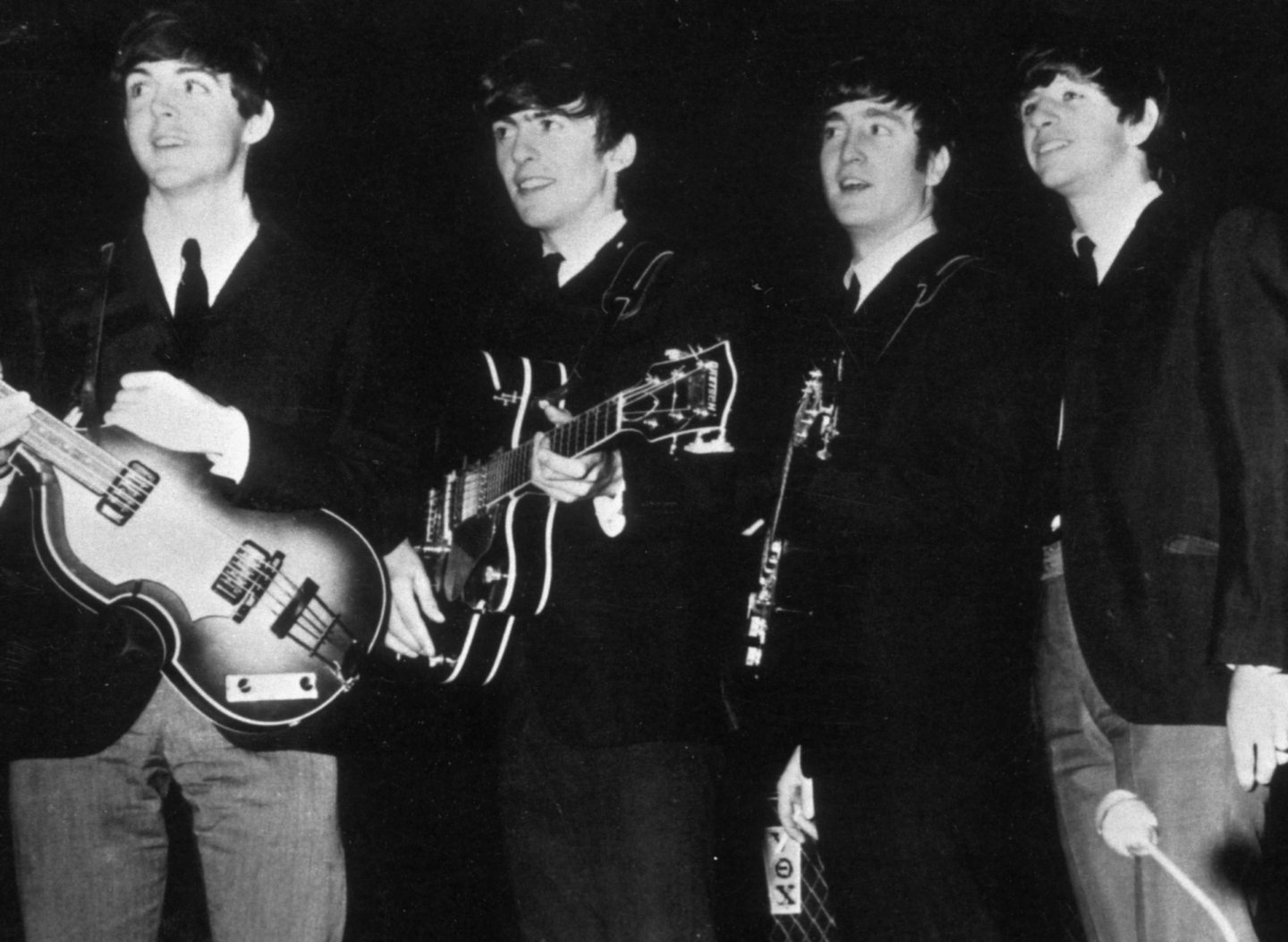
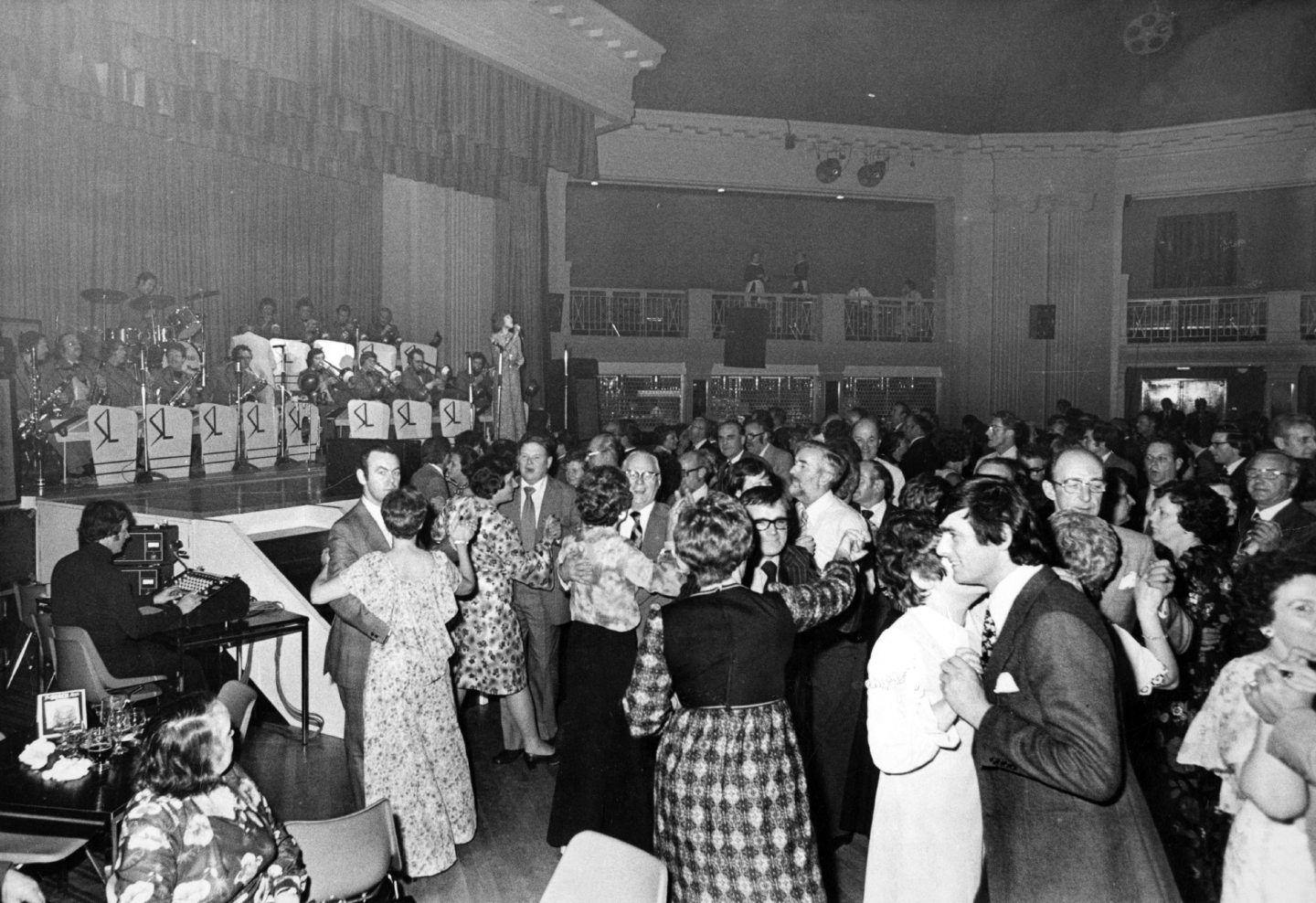
Conversation